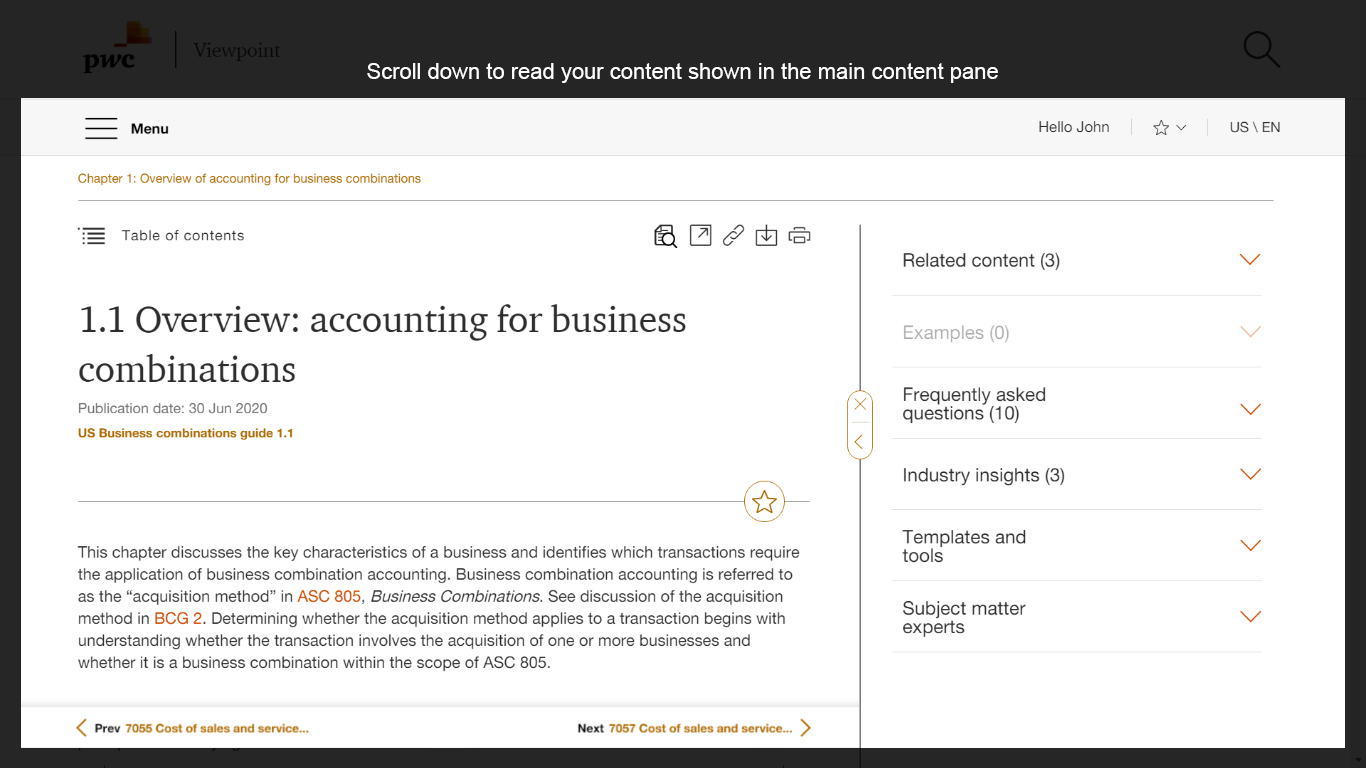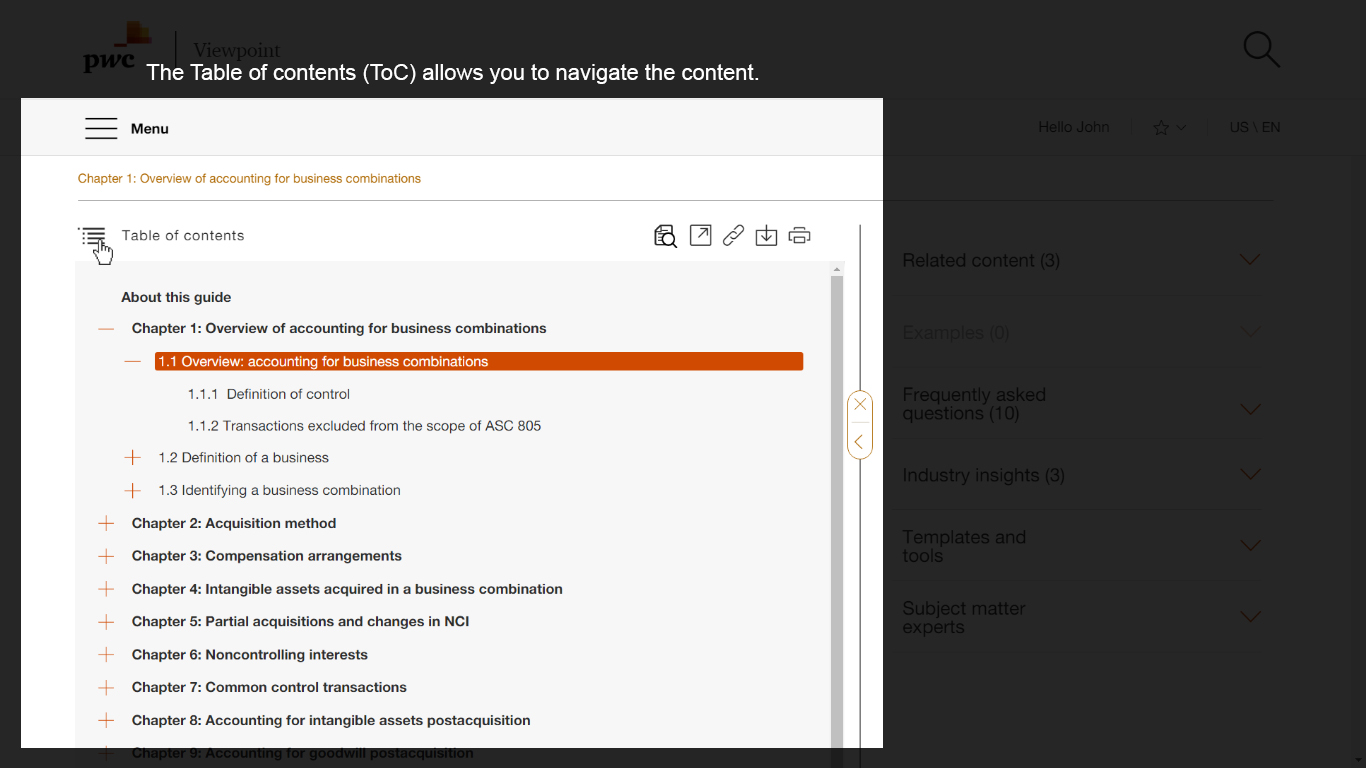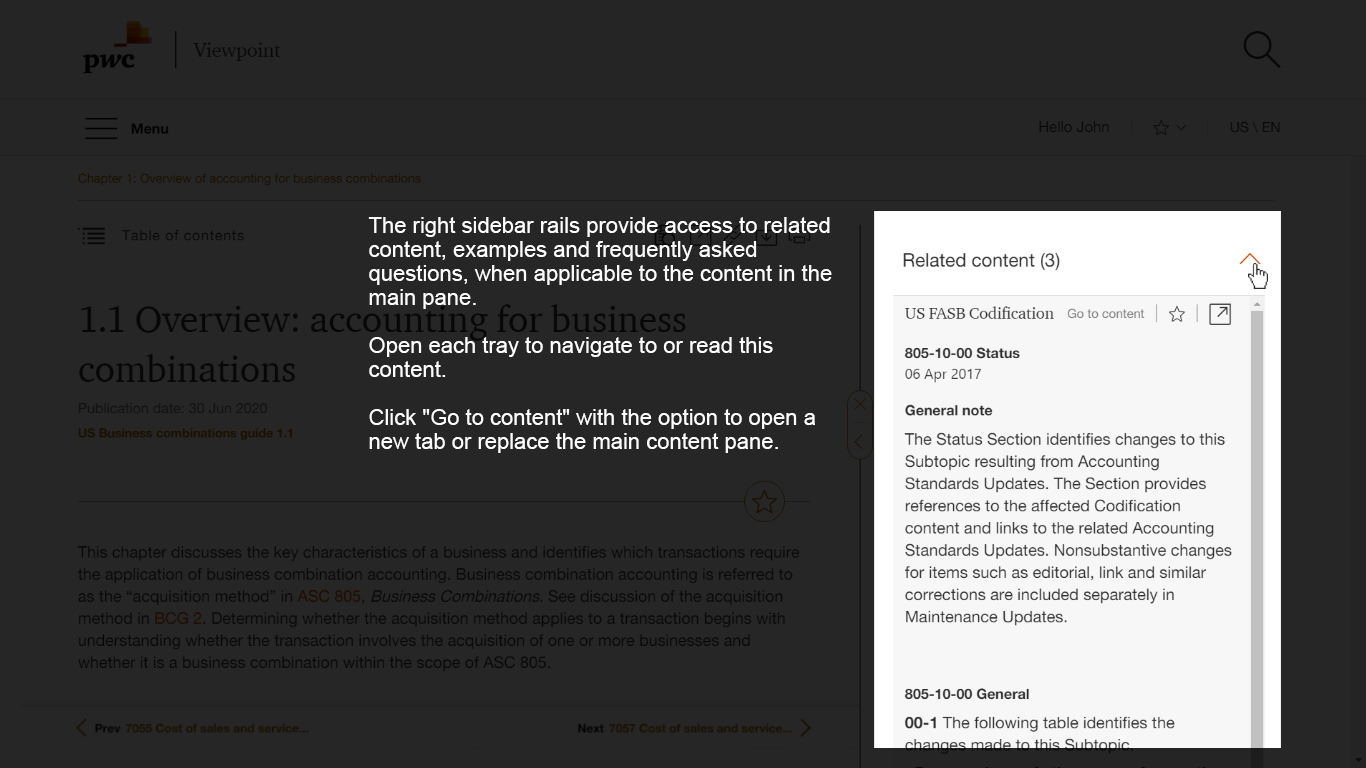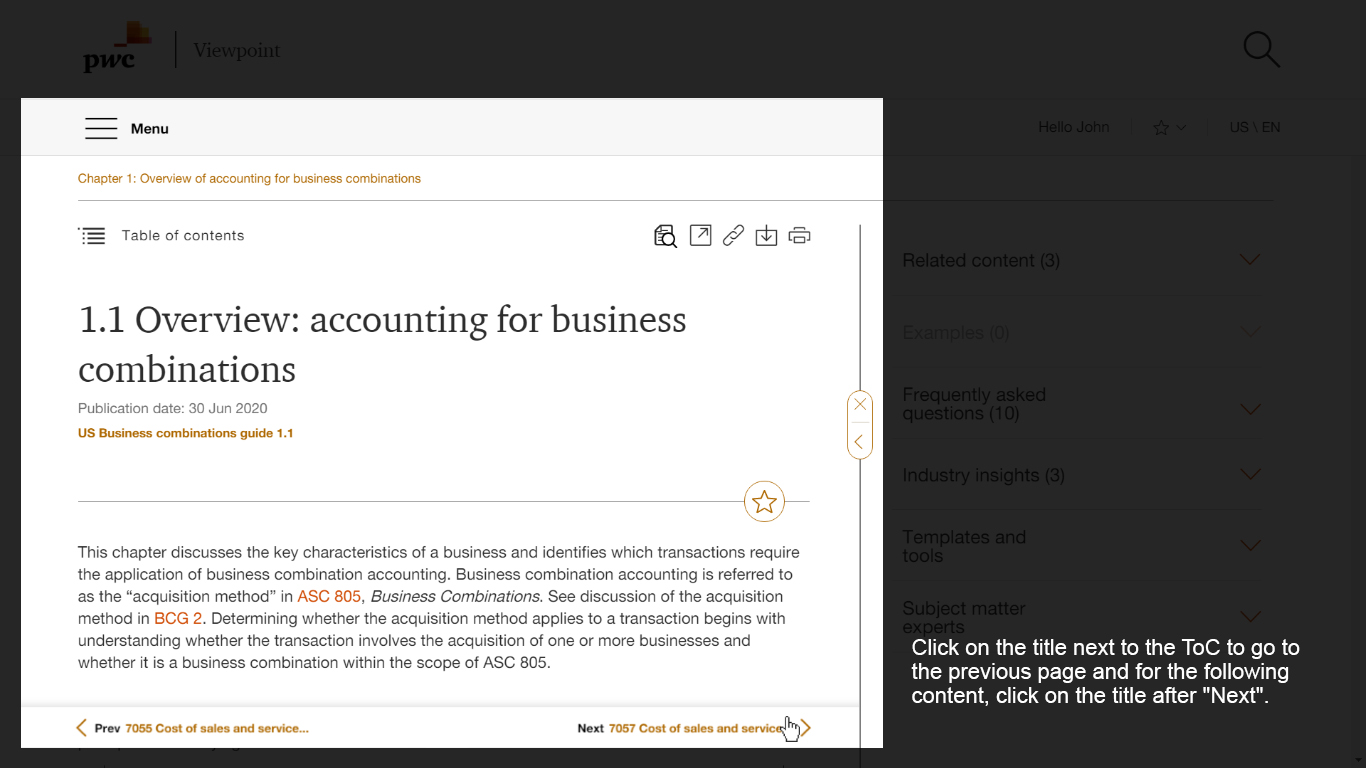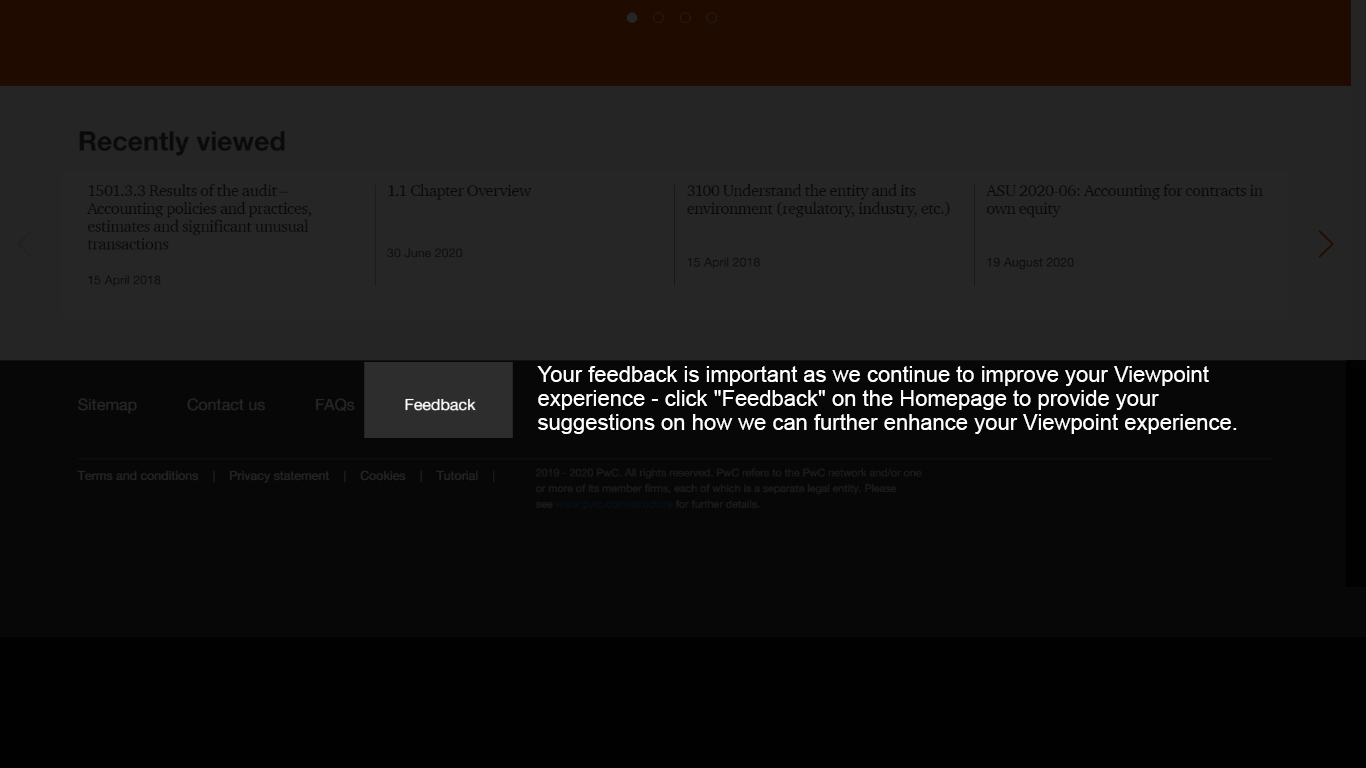Authoritative guidance addressing the application of the equity method to complex capital structures is limited.
ASC 970-323-35-16 and
ASC 970-323-35-17 address the equity method of accounting for corporate joint ventures, including partnerships, and acknowledges that earnings (i.e., income, losses, and tax attributes) may be allocated differently than cash distributions and that the allocation percentages may change over time.
In cases when cash and earnings have different allocations or allocations change over time,
ASC 970-323 recommends care in determining the method used to allocate profits among the investors. For example, in a structure in which the developer owns all of one class of shares, while one or more tax investors own all of a different class of shares, it would not be appropriate for any of the investors to record income allocations based on their ownership percentage (known as an income statement approach) if the rights of the shares to cash flows and income, losses, and tax attributes are different than ownership percentages. Similarly, if the investors’ ownership percentages or rights to distributions change after a period of time, but rights to cash flows or earnings in liquidation are different than the current period allocation, it may not be appropriate to calculate the allocation based on the applicable percentages in the different time periods. The appropriate share of investee equity earnings to be allocated to the investors should be carefully evaluated based on the rights included in all pertinent agreements.
Excerpt from ASC 970-323-35-17
Such agreements may also provide for changes in the allocations at specified times or on the occurrence of specified events. Accounting by the investors for their equity in the venture’s earnings under such agreements requires careful consideration of substance over form and consideration of underlying values as discussed in paragraph
970-323-35-10. To determine the investor’s share of venture net income or loss, such agreements or arrangements shall be analyzed to determine how an increase or decrease in net assets of the venture (determined in conformity with GAAP) will affect cash payments to the investor over the life of the venture and on its liquidation. Specified profit and loss allocation ratios shall not be used to determine an investor’s equity in venture earnings if the allocation of cash distributions and liquidating distributions are determined on some other basis.
A common way to apply the equity method in these circumstances is referred to as the hypothetical liquidation at book value, or HLBV, method.
The HLBV method is not an accounting principle or an accounting policy election. Rather, it is a mechanical approach to applying the equity method of accounting. The AICPA detailed the HLBV method in a proposed Statement of Position, Accounting for Investors’ Interests in Unconsolidated Real Estate Investments. While it was never finalized, the proposed guidance has been used by investors to determine equity method earnings when a non-pro rata profit allocation is in place. However, investors should assess if the use of the HLBV method is appropriate and consistent with the economic substance of the profit allocation. In practice, the contractual distribution of cash upon liquidation (i.e., liquidation waterfalls) is often complex and reporting entities should carefully evaluate all relevant agreements.
Using the HLBV method, the earnings an investor should recognize is calculated based on how an entity would allocate and distribute its cash if it were to sell all of its assets for their carrying amounts and liquidate at a particular point in time (known as a balance sheet approach). Under the HLBV method, an investor would calculate its claim on the investee’s assets at the beginning and end of the reporting period (using the carrying value of the investee’s net assets as reported under US GAAP at those reporting dates) based on the contractual liquidation waterfall (see Question UP 9-7 for further information on applying a liquidation approach). Current period earnings are recognized by the investor based on the change in its claim on net assets of the investee (excluding any contributions or distributions made during the period).
Figure UP 9-5 shows how to use the HLBV method to determine current period investee earnings.
Figure UP 9-5
HLBV method to determine current period earnings
In practice, liquidation waterfalls are often complex and reporting entities should evaluate all pertinent agreements to determine the proper income allocation. In addition, these agreements are often developed with a focus on income tax regulations; therefore, performing the evaluation with the assistance of tax experts may be helpful.
Question UP 9-7
Should the hypothetical liquidation at book value approach be used when applying the equity method of accounting to an investment in a single power plant entity?
PwC response
We believe this method most accurately depicts an investor’s share in earnings of an investee in complex capital structures, which is often the case for single power plant entities. As indicated in
ASC 970-323-35-17, specified profit or loss allocation ratios should not be used to record equity earnings if the allocation of cash in operations or in liquidation is on a basis that is different from profit allocation. Said another way, it would not be appropriate to allocate income based on the investors’ ownership percentages when there are profit splits among investors that vary due to events (for example, one class achieving a targeted rate of return). In these circumstances, we would expect an HLBV approach to be used to calculate the allocation of earnings among shareholders. The HLBV approach should be used by (1) investors applying the equity method, (2) a reporting entity that is consolidating a single power plant entity and needs to allocate income to the noncontrolling interests, and (3) the entity itself in determining the allocation of income to capital accounts.
Question UP 9-8
Should a liquidation scenario always be used when applying the hypothetical liquidation at book value approach?
PwC response
Not necessarily. The HLBV approach assumes that at the balance sheet date, the investee would liquidate all of its assets and allocate and distribute its cash to the investors based on the waterfall stipulated in the related investment agreements. However, in some cases, the liquidation waterfalls do not reflect the actual distributions expected if the entity continues as a going concern. For example, this would be the case if the allocations in operations are substantially different than those in liquidation. Similarly, a liquidation assumption may not be appropriate if the profit allocation percentages and cash flow distribution allocations change among the investors based only on the passage of time.
Other items and costs that would be considered in an actual liquidation may not make sense to include in the modelling waterfall given the going concern nature of the project (e.g., breakage costs and prepayment costs on contractual liabilities that would be incurred and paid in an actual liquidation). In addition, liquidation of the structure may result in recapture of the investment tax credit earned by the investor because the project did not fulfill the terms required for to be granted the tax credit. Recapture would typically result in a requirement to repay the tax credit to the IRS, the amount of which depends on how long the project was in operation. Reporting entities should consider the impact of the economic substance of any investment tax credit recapture provisions in the HLBV modelling. Reporting entities should consider whether the liquidation waterfall appropriately reflects the entity’s economics prior to application of this method. In some situations, it may be necessary to factor in other considerations to appropriately reflect the investor’s actual interest in the assets. If the continuing distributions differ from the liquidation waterfall, the pattern of continuing distributions may be a better representation of the actual interests and should be applied.





